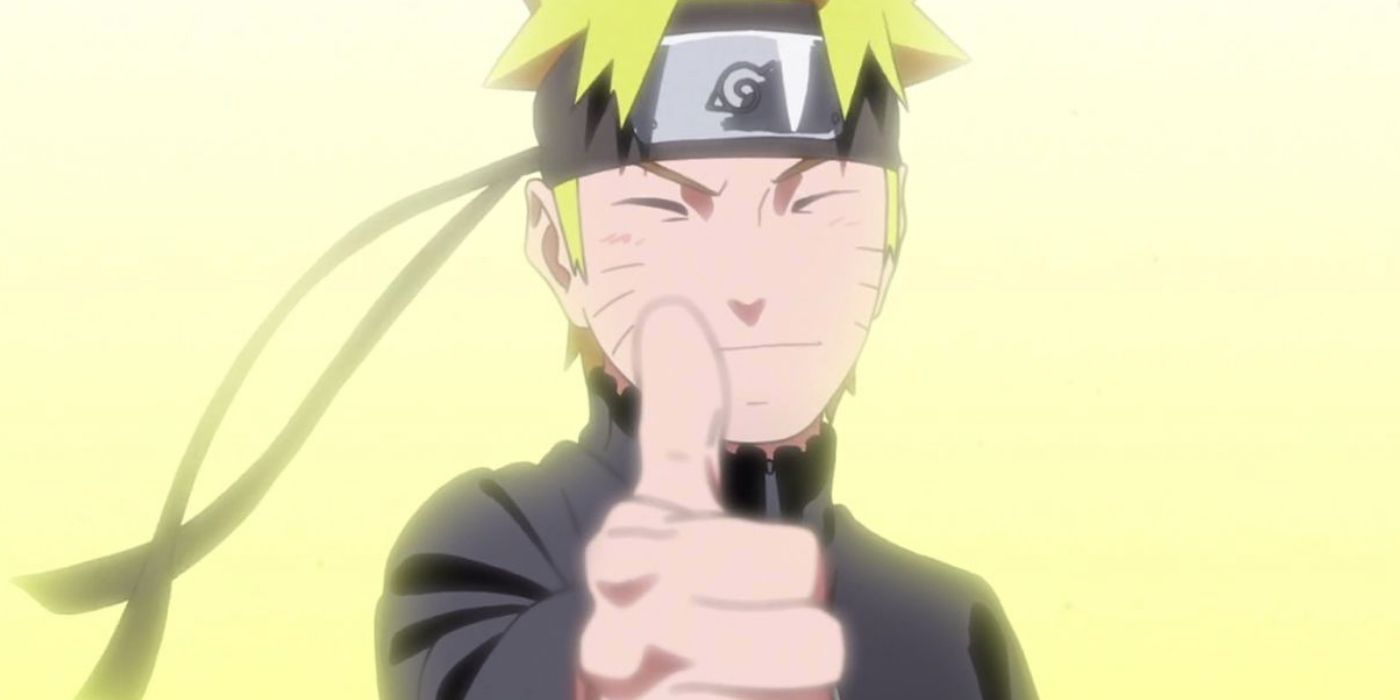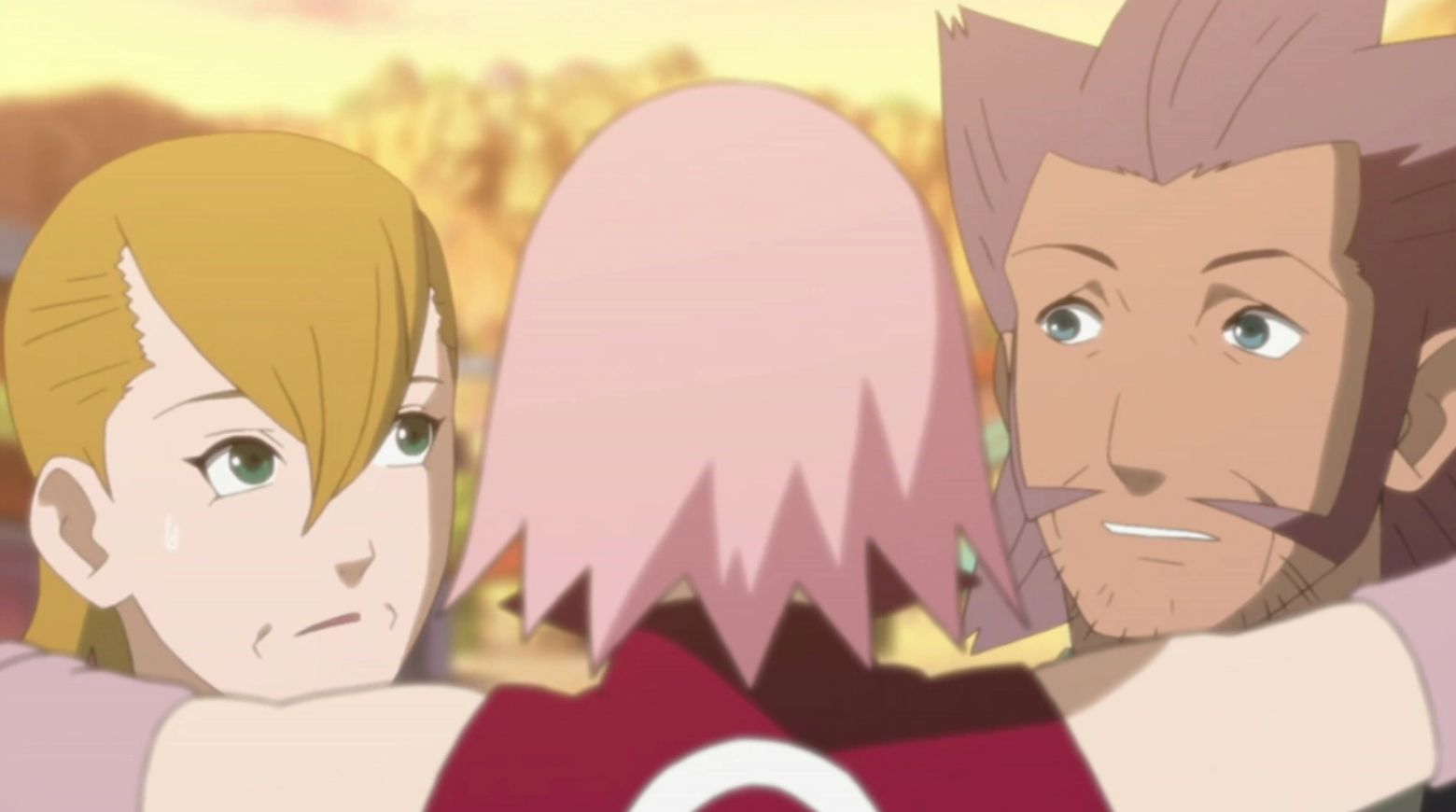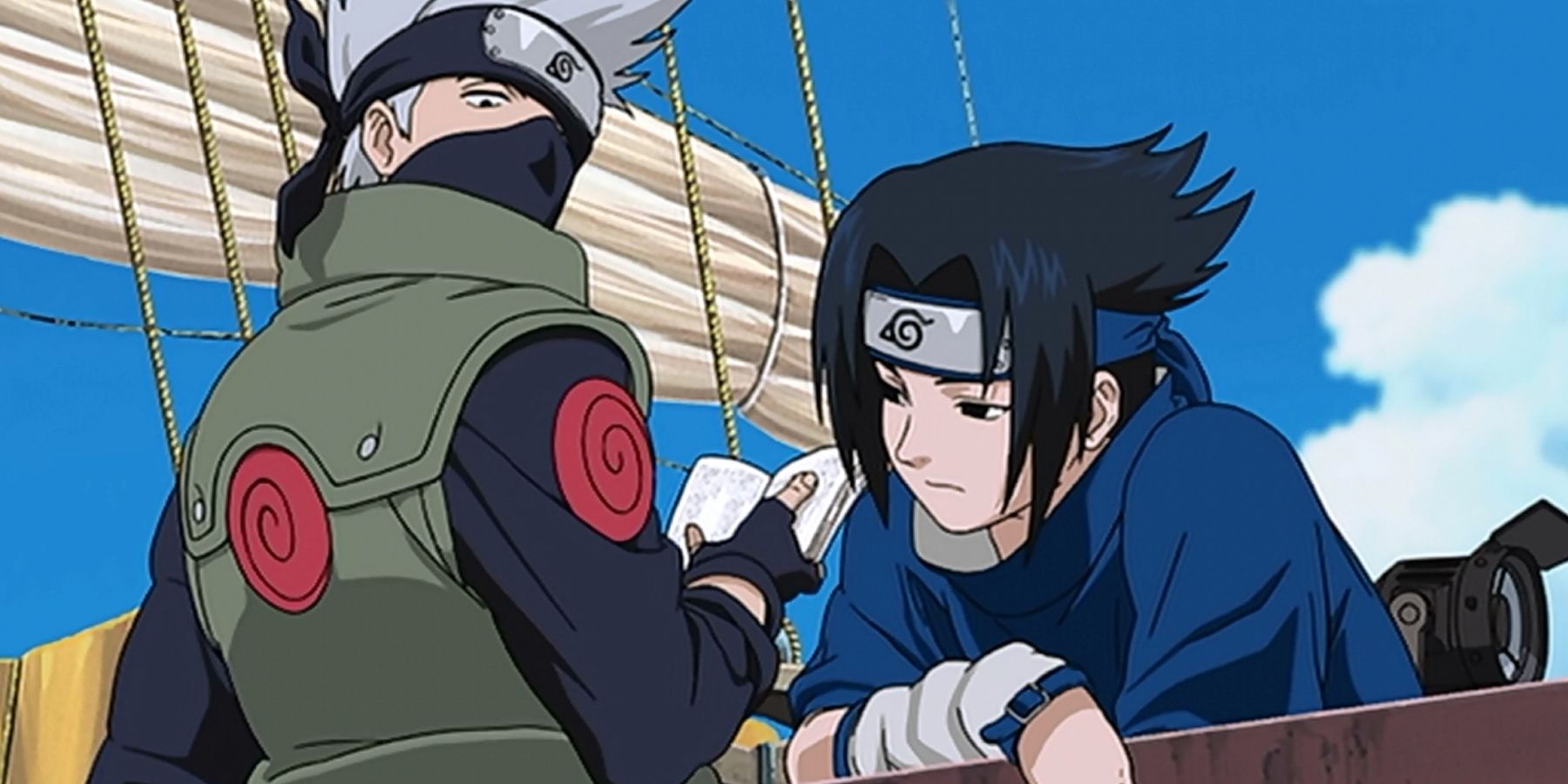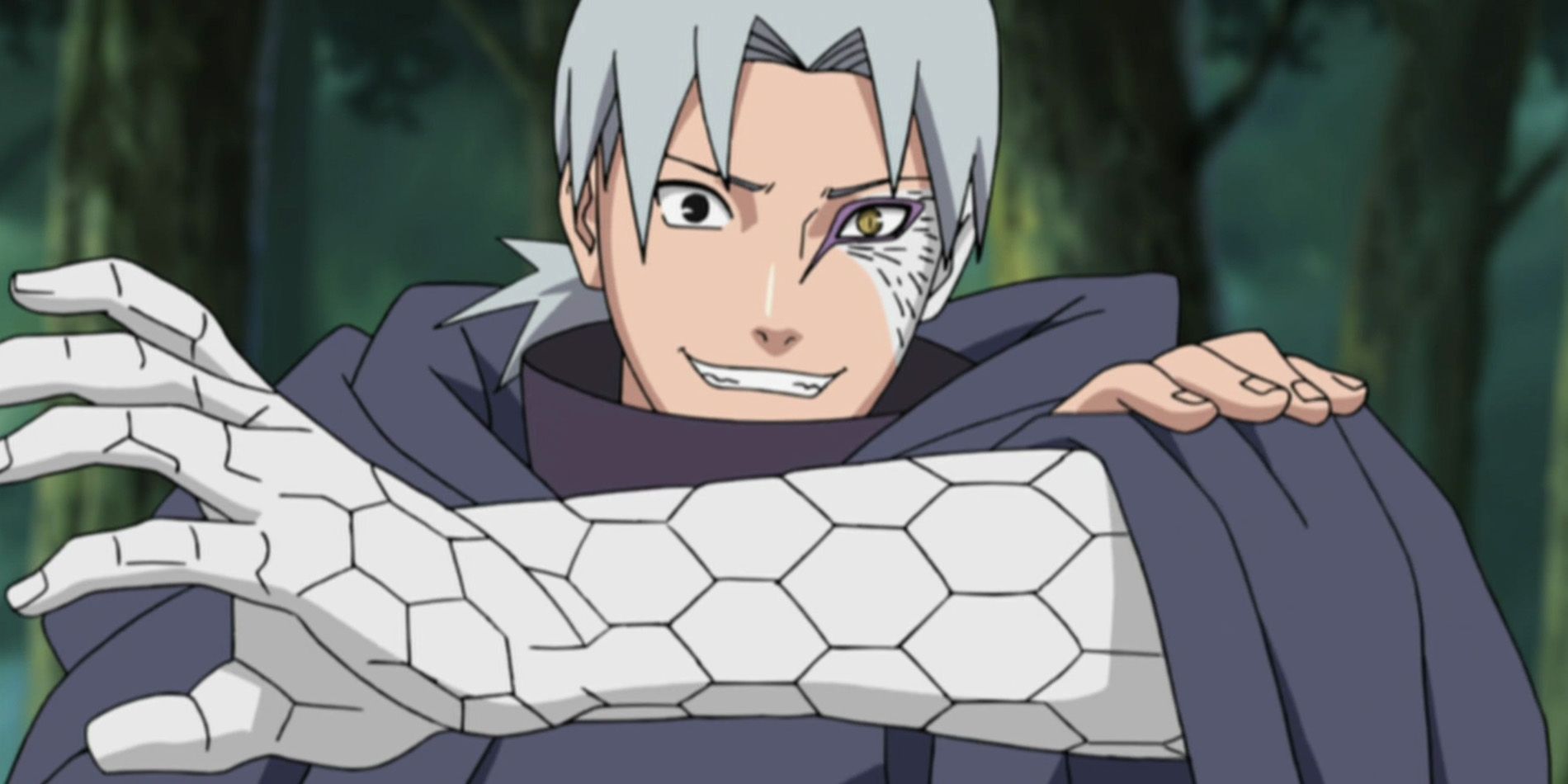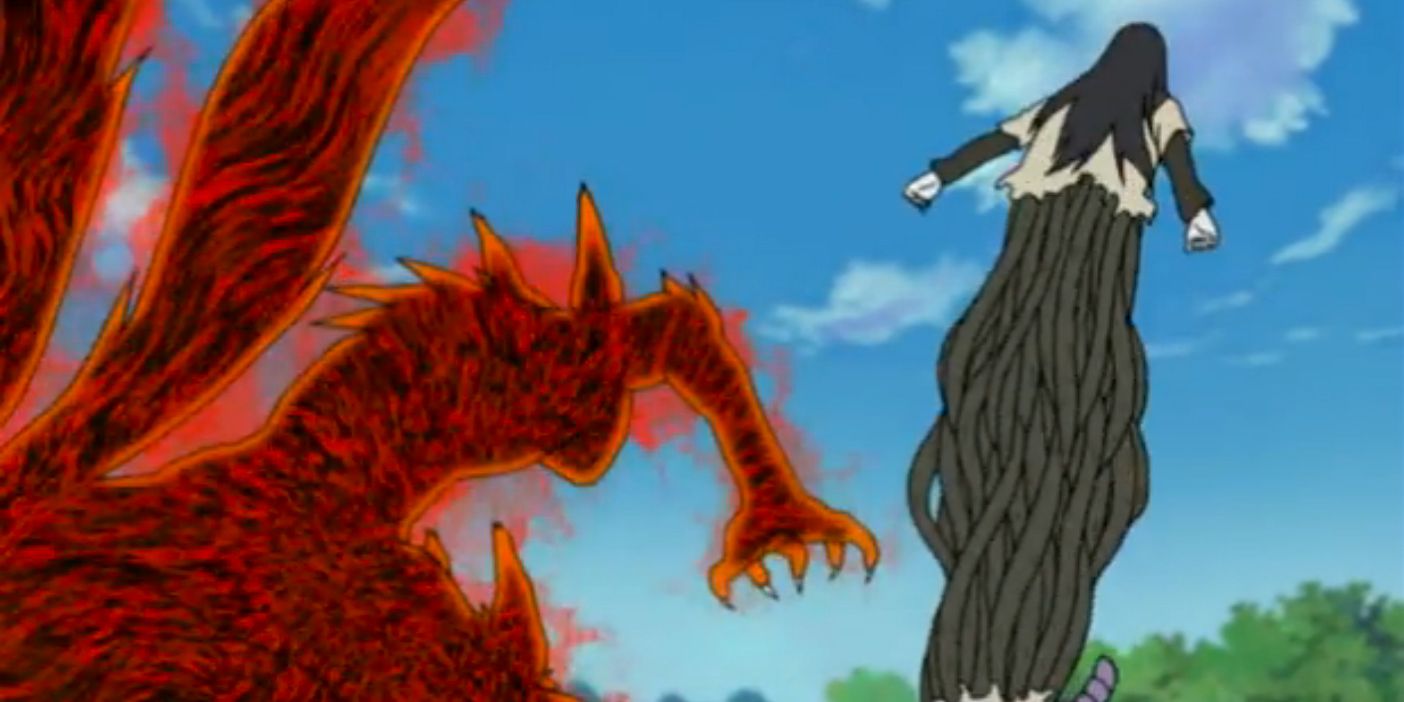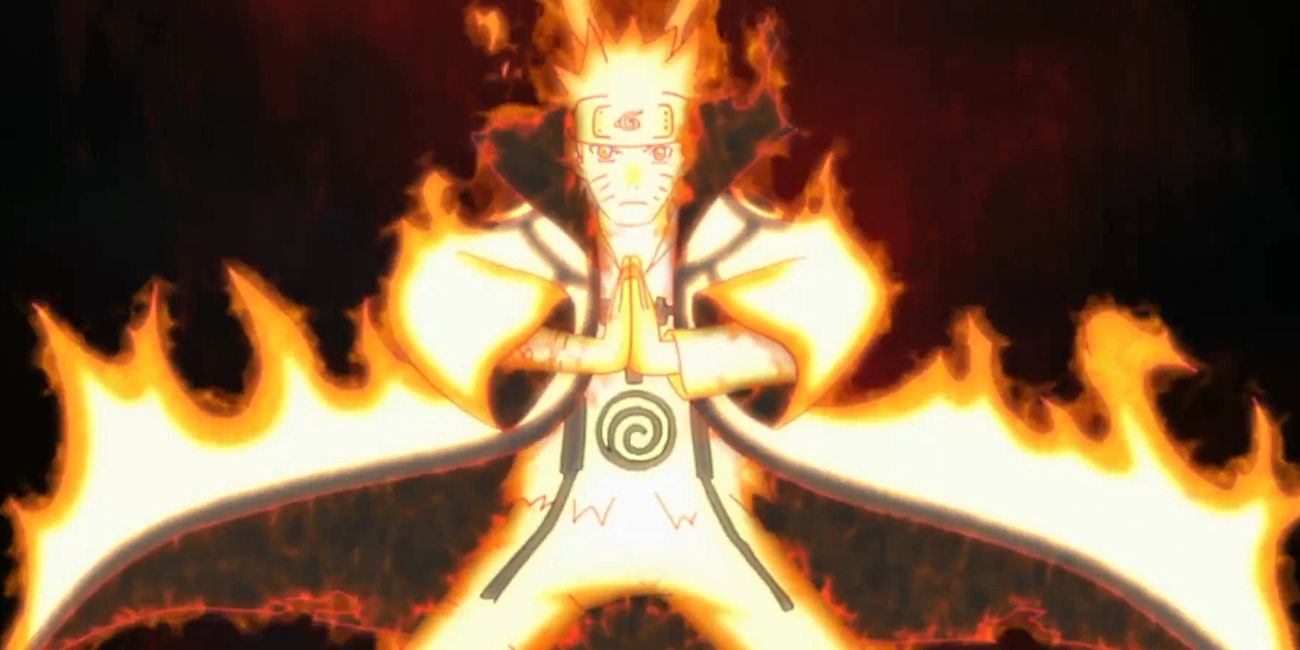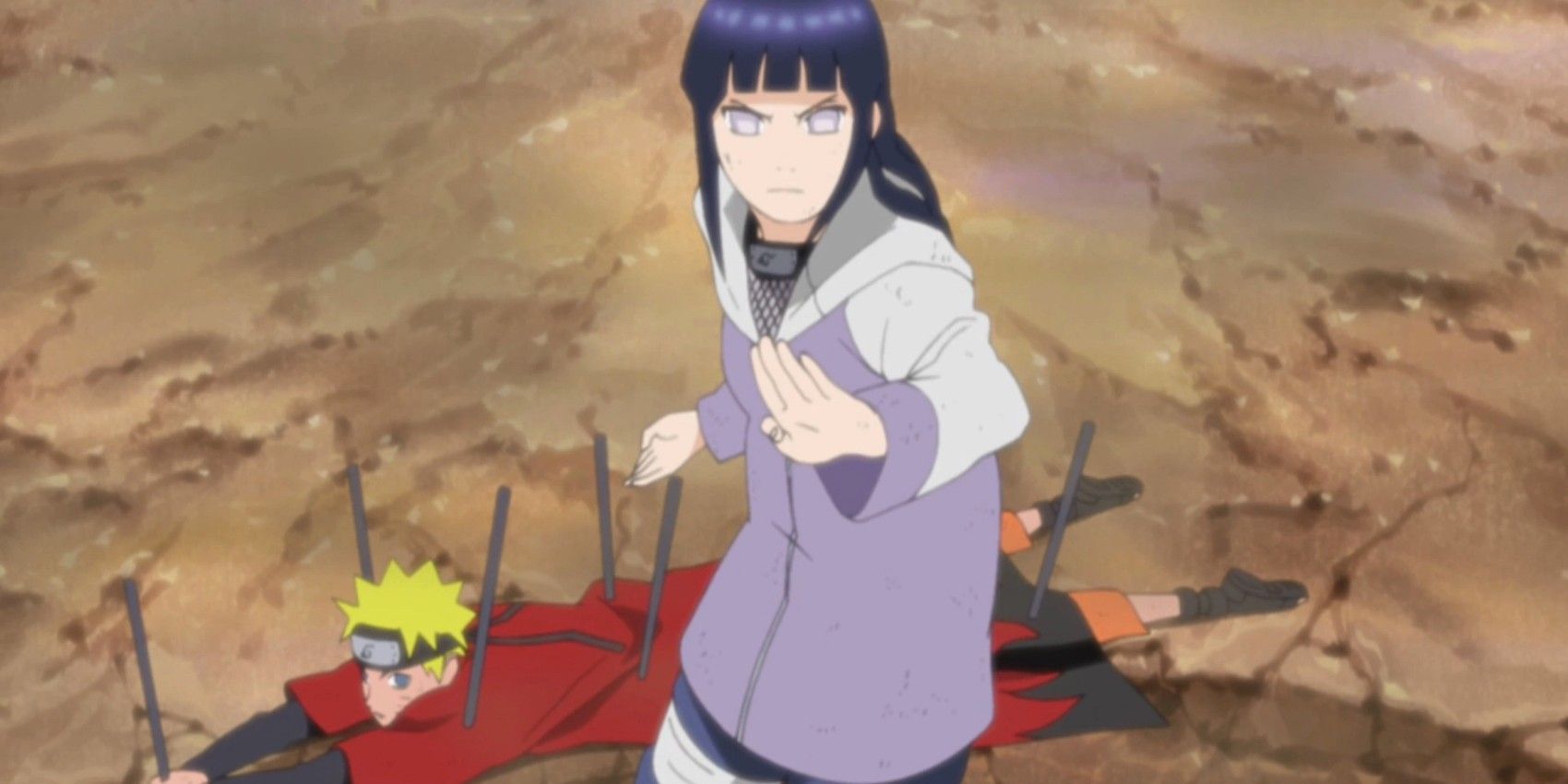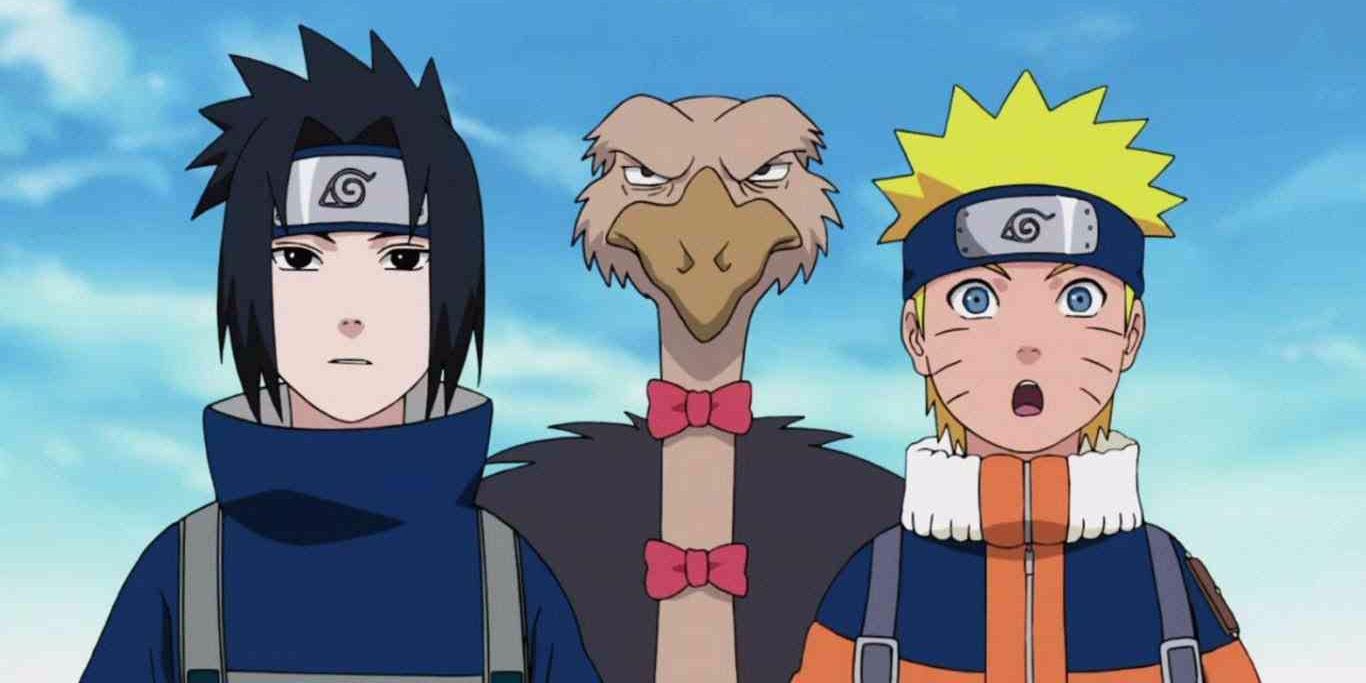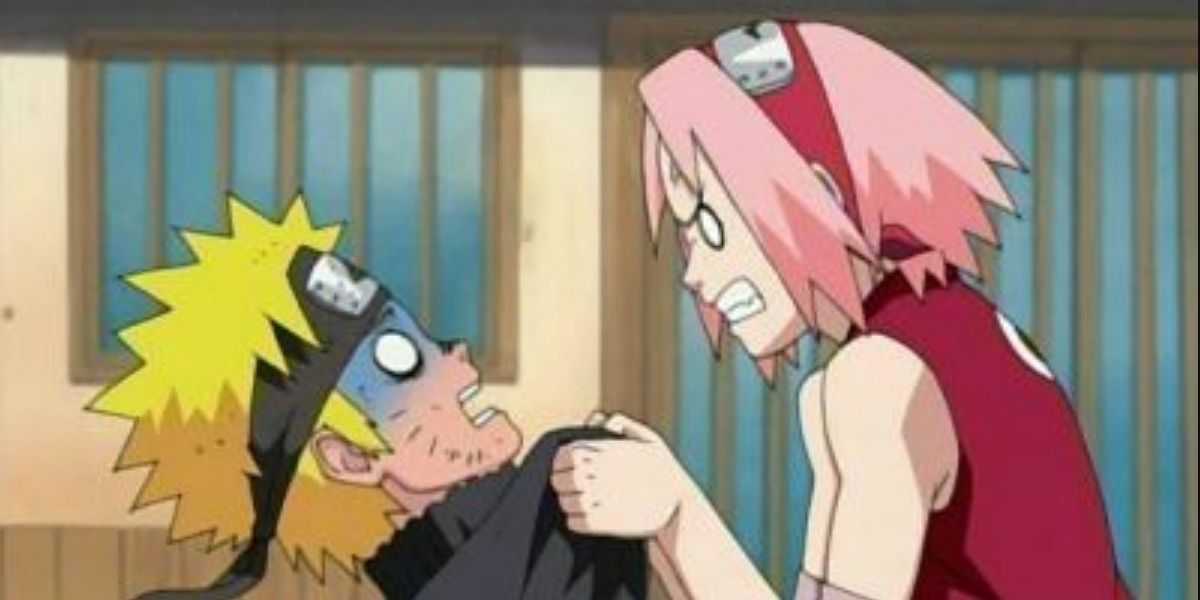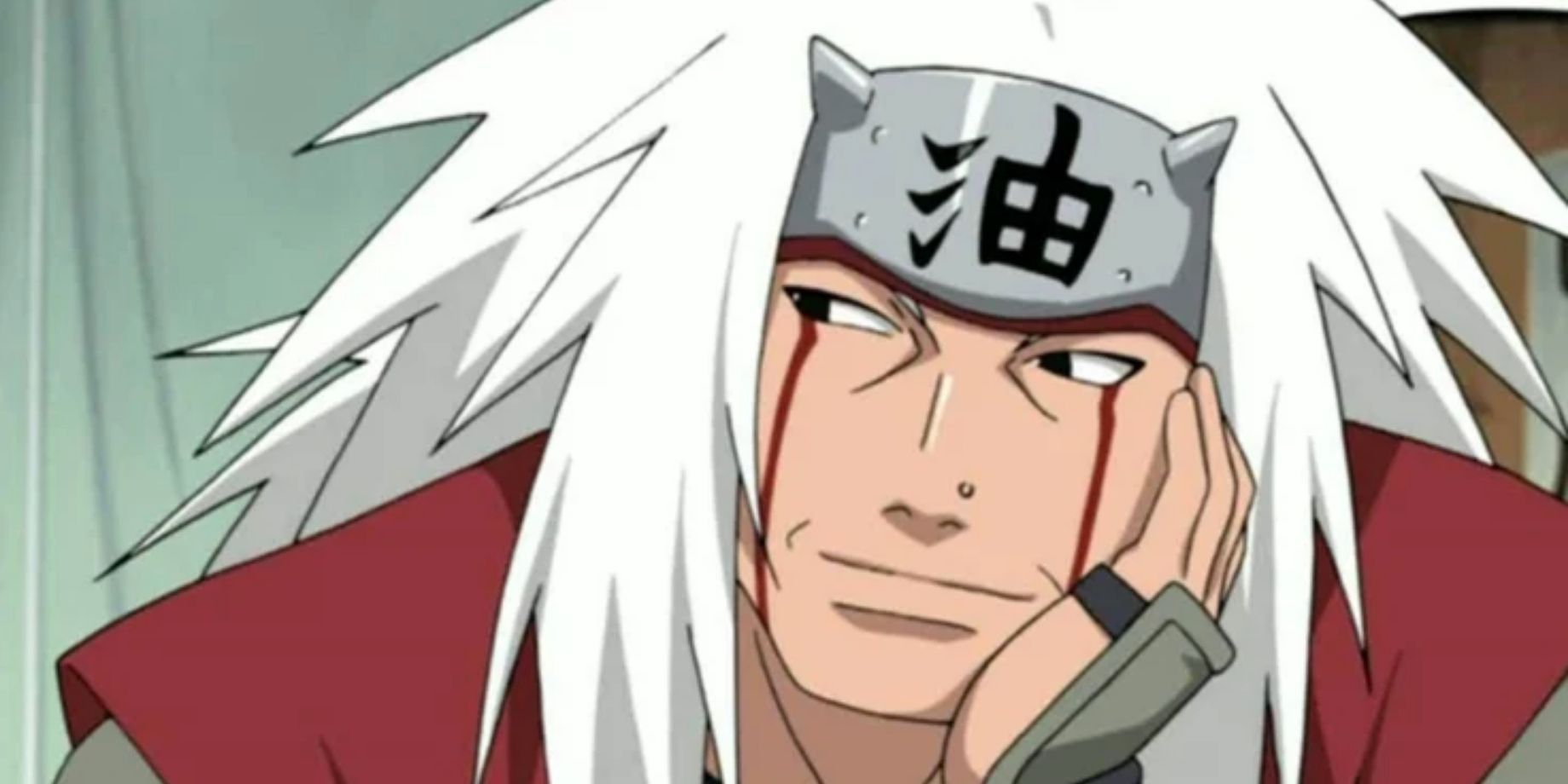In every genre of movie, television series, and book, there are certain plot devices and characterizations that seem to dominate. For example, in romantic comedies, there are generally two types of love interests: the best friend and the bad boy. Some fans might call them clichés, but others see them as a part of the genre, common practices that add to the overall story, or tropes.
Anime certainly has its fair share of tropes. While some are specific to genres, like an overpowered protagonist in Magical Girl series, others cross genres, like the mysterious new character with a dark past. Naruto has a lot of tropes in place for its stories throughout its run. While it's hard to imagine the series without them, there are quite a few tropes that are overdone.
Absent Parents
In order to better focus on the young protagonist at the center of a story, it's common practice to have the parents missing, deceased, or out of the picture in some other way. It's not just anime that's guilty of this trope. Fairy tales, animated Disney movies, and even teen TV dramas do the same.
Naruto raised without parents - and without the knowledge of the demon fox inside him - isn't really the issue in the series. Instead, it's the lack of other parents. Sakura's parents only make an appearance for a movie storyline that sees her in another dimension. Both Ino and Hinata's mothers are never mentioned. Tenten and Rock Lee's families are also a mystery. What do these people think of their children being shinobi? No one knows. Parents being a part of the storyline, despite the main characters all being teenagers, is rare.
Gentleness As A Detriment
This particular trope tends to be seen most often in anime series featuring a quiet female character. Throughout the series, Hinata Hyuga is labeled many things: gentle, soft, shy, weird, and worthless to name a few. She is seen as less than her shinobi counterparts because of how gentle and shy she is. Her anxiety tends to make it harder for her to master techniques, just as her desire not to hurt the people she cares about makes her hold back while training with them.
On the one hand, an argument can be made that Hinata shouldn't be a shinobi. Yet, there are other characters who frequently try to end confrontations without actually fighting the opponent. So why is Hinata's desire not to hurt people a detriment to her character? Naruto, after all, is the leading master of "talk no-jutsu" in which he talks his opponent into changing their mind about destruction. If it's good for Naruto not to want to throw a punch or a rasengan, the same should be true of Hinata.
The Mysterious Popular Guy Has A Dark Backstory
It seems every anime features a character everyone is interested in. He would be popular if he wasn't so standoffish or quiet, but that only adds to his allure. While this might be more common in romantic comedies, Sasuke fills that role in Naruto initially.
What's interesting about Naruto, however, is the series can't just stop at one character with a dark backstory. Instead, just about anyone Naruto crosses paths with is also going to have some sort of dark and traumatic childhood - and they all wind up being very popular. In addition to Sasuke, there's Gaara, Kakashi, and a good portion of the villains as well.
The Villains Are (Almost) Always Redeemed
Anime seems to split right down the middle as to whether a villain is pure evil and has to be destroyed, or whether a villain can be talked into changing their ways. Naruto falls into the latter camp.
There are a few cases of villains having to be killed or locked away (Hidan comes to mind, for example). The vast majority, however, become functioning members of society as they "reform" their ways. That doesn't always sit well with fans. After all, Orochimaru, who kidnapped and experimented on young people, is one of the parents whose child attends the Academy in the Boruto series. Likewise, his accomplice Kabuto runs an orphanage! It doesn't seem like either of those people, who contributed to leading the shinobi world to war, should be freely interacting with children.
Battles Span Numerous Episodes
Fans who love a good fight scene will never be mad if a big battle spans several episodes of the series. Naruto, however, doesn't actually spend those several episodes with people fighting, despite the "battle" being ongoing.
Instead, the series sees the opponents yell at one another for long periods of time. One entire episode might be devoted to the villain waxing philosophical about why they're going to win. Another episode might be Naruto's rebuttal, while another might be flashbacks relevant to both of their points. That style leads to a single battle taking up six or seven episodes instead of three. It also slows the pacing of the show and exasperates fans.
An Overpowered Main Character
Shonen and Magical Girl anime are especially guilty of falling prey to this particular trope. As the villains get tougher, after all, the main character has to get stronger, right?
The issue is that, in most cases, the protagonist doesn't just become stronger. They become so strong that they essentially have the power of a god. Take Sailor Moon, for example, or Naruto himself. These are both characters who steadily get power-ups throughout their stories that make them stronger than literally any other person with the same abilities. Of course, an overpowered protagonist like Naruto also typically means the powers of that protagonist are uneven. Sometimes, Naruto is strong enough to wipe out several enemies, and sometimes, he needs help taking out a single enemy.
The Oblivious Male
Though this particular trope is more common in romance anime, it does have its place in Naruto. The main male character is completely oblivious to the obvious affection someone has for him. It's usually clear to literally everyone else who knows the two characters.
In this case, the oblivious male is Naruto and the person who has pretty obvious feelings for him is Hinata. Hinata's teammates tease her about her feelings for Naruto, and are annoyed when she can't do more than faint in his presence. Naruto, for his part, just thinks she's a little weird. Even when she quite literally professes her love for him while defending him in battle, he just thinks she admires him as a ninja.
Pointless Filler Episodes
When an anime is developed concurrently with a manga that doesn't yet have an end in sight, production often catches up to the books. Filler episodes help to slow down that process while also filling in the story blanks. There are a lot of different kinds of filler episodes; some flesh out character backstories, while some give more depth to characters who don't get the spotlight. Some, however do neither of those things.
Naruto is especially guilty of having filler episodes that are entirely skippable for the audience. There are a lot of recap episodes, for example, as well as episodes taking off on adventures that did nothing for characters like Naruto, Sasuke, and Sakura that the audience already know well.
Abusive Friendships
This particular trope is, for some reason, often embodied by female characters in anime. Think especially of tsundere in romantic series - characters who run extremely hot or extremely cold, giving into their anger before revealing their true nature. Taiga in Toradora! is a great example of this trope as someone who constantly beats Ryuji senseless when she disagrees with him.
In the world of Naruto, Sakura is most guilty of this. When Naruto angers her, there is no reasoning with him. She simply uses her strength against him. The trope is often used for comedic relief, but some fans will argue it only perpetuates cycles of abuse in real life.
The Dirty Old Man
Jiraiya might be one of Naruto's best teachers, but there's a reason Naruto refers to him as "pervy Sage" in the English translations. His love for spying on women is used for comedic effect, though there are plenty of characters who call him out on his behavior.
This particular trope is seen a lot in mentors or relatives across anime. Think Rei Hino's grandfather in the '90s Sailor Moon anime. The trope has persisted for decades, but it's time to be retired.

